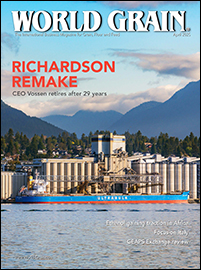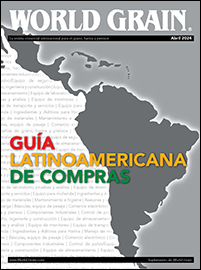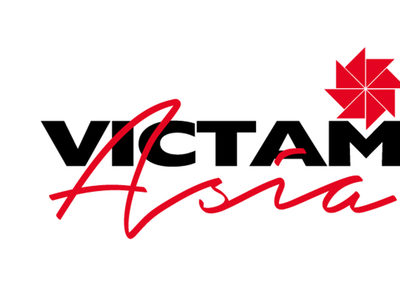 |
BAAR, SWITZERLAND — Glencore reported on Aug. 19 that the earnings for the first half of 2015 were $882 million, or 7¢ per share, down 56% from $2.01 billion, or 15¢ per share.
“Against a challenging backdrop for many of our commodities, we have taken a range of pre-emptive actions in respect of our balance sheet, operations and capital spending/recycling in order to preserve our current credit rating and sustain our track record on equity distributions,” said Ivan Glasenberg, Glencore’s chief executive officer.
The first half of 2015 was another challenging one for commodities, the company said. Financial markets continued to fixate on the risks to global growth, against a backdrop of a stronger U.S. dollar. Commodity prices are now at levels not seen since the financial crisis of 2008-09 and various markets appear increasingly driven by perceptions and technical factors rather than reality or fundamentals.
Price correlation between the major commodities has returned to historically high levels, despite there being vast differences in supply, demand and inventory conditions, the company said.
Overall financial performance in the first half of the year inevitably reflects the company’s industrial activities’ exposure to lower commodity prices. Adjusted EBITDA declined 29% to $4.6 billion, compared to the first half of 2014, the company said.
Adjusted EBITDA for agricultural products was $332 million, a 46% reduction compared to the same time last year. The decrease reflected a more challenging grains trading environment, with generally good crops pressuring prices and limiting volatility.
The introduction of a wheat export tax in Russia early in the year had a negative impact as, at the time of its imposition, the company held stocks earmarked for export from there, Glencore said.
Oilseeds marketing performed well and consistently, as did cotton.
The second half 2015 is expected to be significantly up, with an improved grain marketing performance. Overall grain handling in Canada and Australia, while satisfactory, could not match the very strong performance of the first half of 2014. The Canadian crop harvested in September 2014, though within a normal range, fell well short of the previous year’s record crop and there are some “dryness” concerns regarding the 2015 crop the company said.
In total, agriculture produced/processed 4.5 million tonnes in the first half of 2015, compared with 4.8 million tonnes in 2014. Crush volumes of 2.7 million tonnes were in line with the prior period, reflecting the addition of the newly acquired Magdeburg plant in Germany and higher production at the Timbues plant in Argentina, offset by lower production at various other sites, depending on availability of seeds and general commercial conditions.
During the first half of 2015, 22.1 million tonnes of grains was sold compared to 19.5 million tonnes in 2014. Oilseeds were also slightly up to 10.8 million tonnes compared to 10.6 million in 2014.Softseed crushing margins in Europe were poor despite good 2014 crops, but soybean crushing in Argentina benefited from the large crop and, late in the period, good farmer selling.
Biodiesel production was 248,000 tonnes, down 27% compared to the prior period, reflecting reduced demand due to both regulatory changes and lower competing diesel prices and also the scheduling of planned maintenance.
Currency devaluation and economic slowdown adversely impacted wheat milling in Brazil and lower Asian rice prices provided a challenge for the company’s South American rice milling business. Taking all the above factors into account, industrial adjusted EBITDA was $71 million in the first half of the year, in line with 2014, but achieved at a higher adjusted EBITDA margin of 6.4%, reflecting the portfolio’s improving asset quality the company said.
“Our core industrial assets remain well positioned on their respective cost curves,” said Glasenberg. “We remain by far the most diversified commodity producer and marketer and are well positioned to benefit from any improvement in pricing when it finally and inevitably materializes. Our principal objective remains to grow our free cash flow per share and return any excess capital in the most sustainable and efficient manner.”
Net expenditure on business and investment acquisitions was $281 million over the first half of 2015 compared to $397 million in 2014, due primarily to the 2015 acquisitions of a rapeseed crushing facility in Germany and a 50% interest in grain handling/port facilities in Brazil.
In June 2015, Glencore completed the acquisition of a 50% stake in the Barcarena grain terminal in northern Brazil for $115 million.
Agricultural products production for crushing in the first half of 2015 was 2.7 million tonnes down compared to 2.6 million tonnes last year. Rice milling produced 91,000 tonnes in the first half, down compared to 127,000 tonnes in 2014. Wheat milling was also down to 486,000 tonnes, compared to 525,000 tonnes in 2014.





